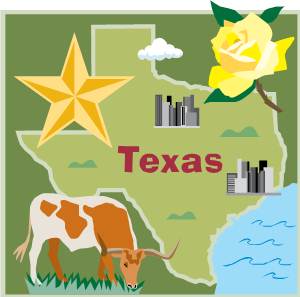Release Date: 12/19/2012
Contact Information: Ben Washburn, 913-551-7364, washburn.ben@epa.gov
Environmental News
FOR IMMEDIATE RELEASE
(Lenexa, Kan., Dec. 19, 2012) – EBV Explosives Environmental Company, doing business as General Dynamics Ordnance and Tactical Systems – Munitions Services, has agreed to pay a $580,135 civil penalty to settle alleged violations of the Clean Air Act and Resource Conservation and Recovery Act (RCRA) at its facility in Carthage, Mo.
In February 2011, EBV sent a letter to EPA that informed the Agency that stack tests conducted in October 2010 indicated that the hydrogen chloride emission rate at the facility was above permitted levels.
Alleged violations at the facility include operation of a thermal treatment unit without obtaining a valid permit, in violation of the Missouri State Implementation Plan and the Clean Air Act; operating in noncompliance with its Hazardous Waste Management Facility permit from the Missouri Department of Natural Resources on several occasions by exceeding its permitted emission limits for dioxins and furans, hydrogen chloride and chlorine gas, and particulate matter and its permitted operating parameters for stack flow rate; and failure to operate monitors that record the operating parameters and conditions used to verify compliance with the permit.
EPA and EBV entered into an Administrative Order on Consent under the Clean Air Act in January 2012, which required EBV to install equipment to reduce the facility’s hydrogen chloride emissions below permitted levels. Since the order was issued, EBV installed a scrubber, made associated changes to the Propellant Thermal Treatment Unit, and completed stack testing to demonstrate that the facility’s emissions are below permitted levels.
“EPA’s enforcement of these important environmental laws has caused EBV to cut particulate emissions by approximately 1,240 pounds per year and hydrogen chloride and chlorine gas emissions by 200,000 pounds per year,” said EPA Region 7 Administrator Karl Brooks. “EBV’s commendable step to install and operate new technology to prevent excess emissions of these chemicals will mean cleaner air and better health for Carthage area residents.”
As a result of the settlement, EBV has agreed to provide EPA with documentation on a monthly basis that demonstrates it is in full compliance with its RCRA permit.




